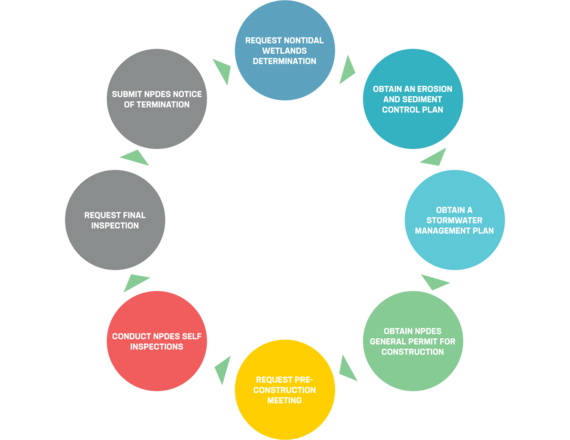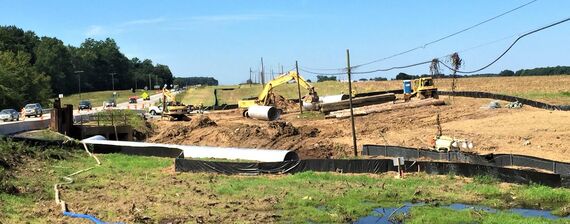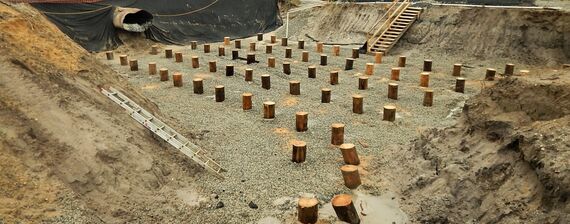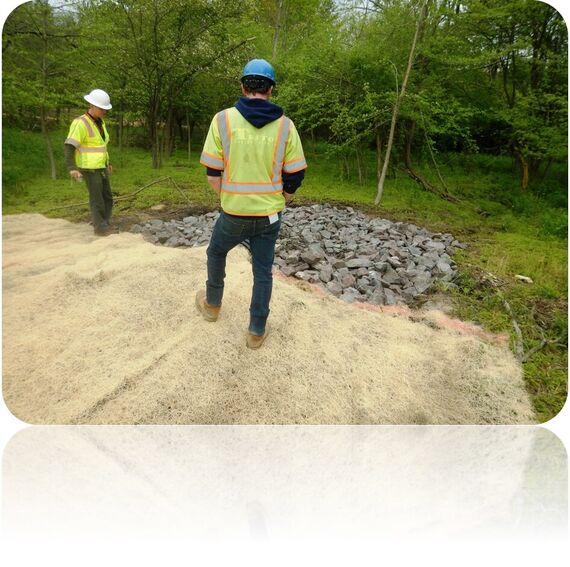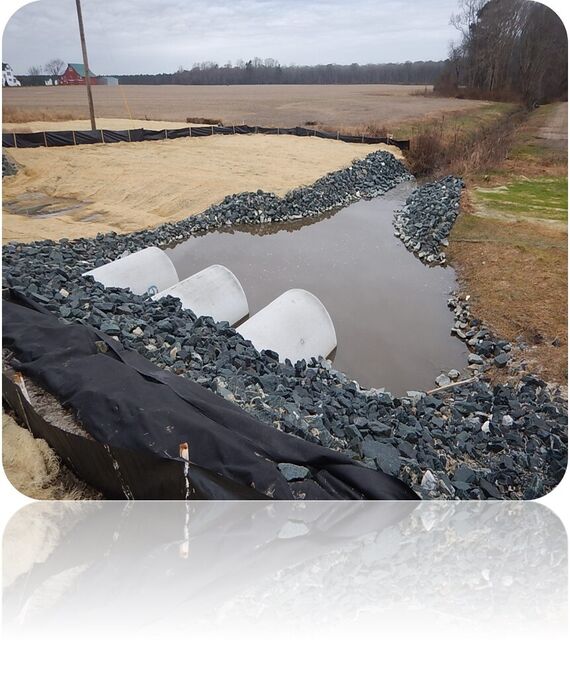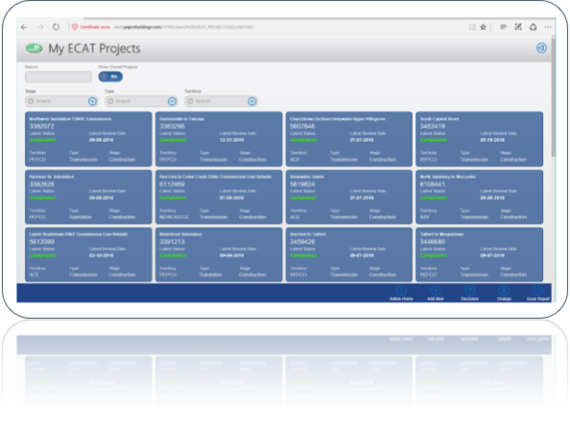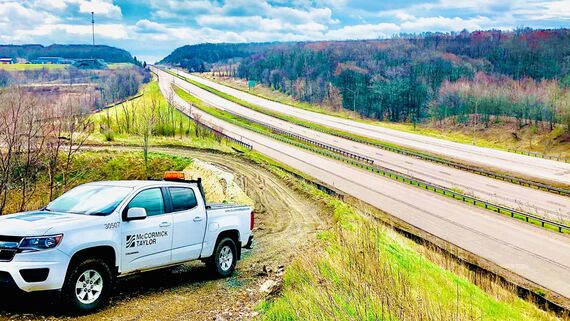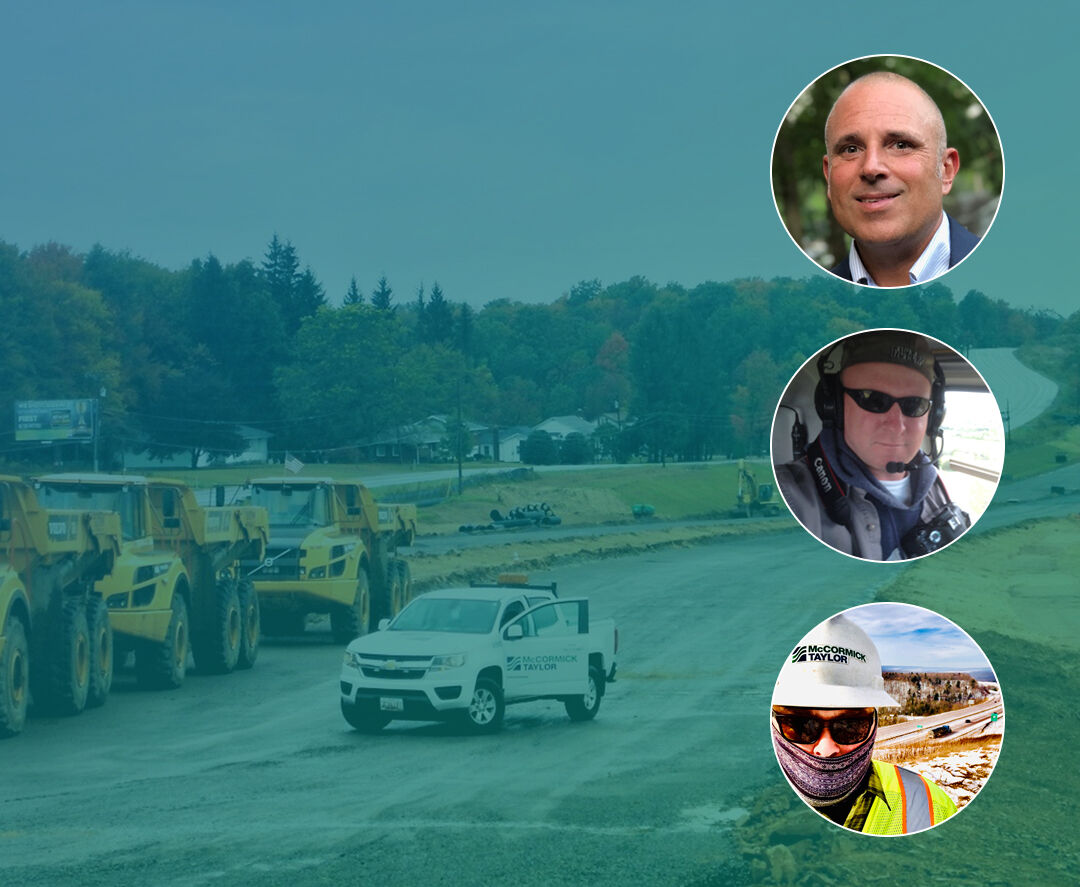
McCORMICK TAYLOR STAFF PRESENT AT NETWC
On September 30, Otto Schlicht, Tim McGuire, and Gerry Hammel, CPESC presented on Environmental Compliance at this year’s virtual Northeastern Transportation and Wildlife Conference. The presentation focused on environmental compliance tracking on transportation projects to ensure permit compliance, environmental management, and ecological stewardship. We sat down with the three of them to ask about the major takeaways from the presentation.
What is Environmental Compliance and why is it important?
Without taking the proper precautions, construction introduces potential risks to natural resources. For over two decades, McCormick Taylor’s staff has provided environmental construction compliance monitoring services for a range of environmentally sensitive projects. Our staff promotes compliance with environmental permit conditions and regulations. By making sure projects are completed in a way that minimizes environmental risk, we help to ensure the safety of the ecosystems and communities in and around our project areas.
Can you describe some of the most important drivers for environmental compliance programs from both a regulatory and business standpoint?
In our experience, state regulatory agencies are usually concerned with environmental compliance during the design, permitting, and construction phases of a project.
- Design Concerns – Proper erosion and sediment control (E&SC) methods, constructability concerns, and balancing ESD practices and E&SC.
- Permitting – Communication between permitting and design, field assessments, agency coordination, and compliance.
- Construction Compliance – Pre-construction meeting, compliance with approved plan/SWPPP, compliance with all regulatory permits.
On the business side, ensuring environmental compliance leads to increased capital construction, an accelerated project schedule (because of less issues on the project), and environmental stewardship.
What components would you recommend for an effective environmental compliance program?
- Engineering and environmental support staff working together concurrently to provide the necessary knowledge for proper plan/design review, permitting evaluation, and issue resolution.
- Implementable processes and programs
- Clear and concise documentation/reporting
What do Environmental Compliance Monitors do and what are some of the characteristics a good monitor should have?
Environmental Monitors work onsite ensuring that projects (either during the Design/Permitting phases, Construction phase, or even from Cradle to Grave) are complying with their permit conditions and local, state, and federal environmental regulations. They document their inspections, provide proactive recommendations to avoid issues, coordinate any potential issues with the project team, and give suggestions for avoiding further problems if there any. Monitors provide the necessary guidance throughout the design and construction phase of the project and assist with all communication.
The knowledge, skills, and abilities of environmental compliance monitors include:
- Natural resource field experience with a special emphasis on wetlands and waterways
- Ecological principles
- Field experience on construction projects
- Experience conducting a plan review and reading construction specifications
- Understanding of environmental regulations and agencies roles
- Erosion and Sediment Control Experience
- Strong Communication Skills
How are advancements in technology changing compliance work?
McCormick Taylor uses a web-based Compliance Tracker application to document inspections in real time (including photos). The app elevates and tracks issues for our clients and provides proper communication of these issues across all levels. Our clients are also able to look at overall trends in compliance issues and resolution time. We have found that there are substantial benefits for our clients using our tracking app, including an overall reduction in resolution time and the number of overall issues.
Looking ahead, integrating cutting-edge technologies, such as the use of UAVs, will enhance the ability to provide up-to-the-minute assessments of site conditions, problem sources, and restoration status, even in hard-to-reach portions of large project areas.
How does using an environmental compliance program from the start of the project through its completion benefit a Department of Transportation?
A good example is McCormick Taylor’s role as a full-time Environmental Monitor on the US113 Highway Dualization Project in Maryland, which started in 2000 and finished in 2020. Our staff served as the “eyes and ears” for the regulatory agencies governing the project, starting during the design review phase throughout its construction. As an asset to the Project Team ensuring Environmental Compliance, we were able to provide recommendations to the Client and Agencies throughout the life of the project resulting in a 30% reduction in nontidal wetland impacts project-wide.
What tends to happen when a Compliance Program is not used on a project?
Overall, the project is more likely to encounter environmental impacts leading to regulatory violations and penalties. Issues can arise at every phase of the project if a Compliance Program is not used. It often takes longer for a project to receive necessary approvals. In addition, there are typically plan review delays, constructability issues, plan revisions, sequencing concerns, and permitting delays. Furthermore, communication between the Project team is more likely to break down.
